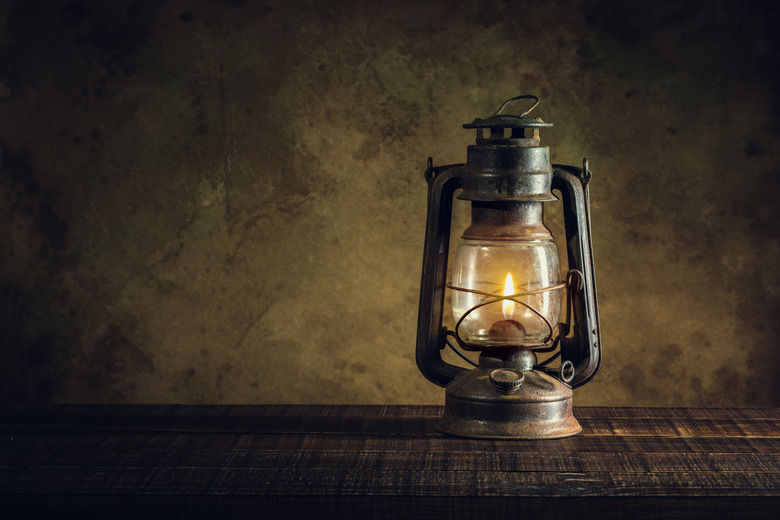Types Of Kerosene
Kerosene is a relatively clean fuel depending on how you are using this popular fuel. There are two types of kerosene that are used today. They are separated into type 1-K and type 2-K categories, based mainly on the difference in their sulfur content.
What Is Kerosene?
What Is Kerosene?
Kerosene has been used as a fuel since the 9th century, when it was first distilled. It was mainly used as a heating source until the Chinese turned it into a lamp fuel around 1500 B.C. It is also known as:
- Paraffin
- Lamp oil
- Coal oil
It replaced whale oil in Europe in the late 1800s. It has been used for running cars, tractors and trucks, particularly after World War II, and other everyday items.
Today, kerosene is less a part of modern life. It is mostly used for cooking in third-world countries and as lamp fuel. It is widely used in jet fuel and for pyrotechnics.
How Kerosene is Made
How Kerosene is Made
It's quite a process to create kerosene. The thin oil is made by being distilled from petroleum or shale. The hydrocarbon compound is made into clear oil that is safe to burn after the volatile hydrocarbon fractions have been removed. As with kerosene, all fuel is sourced from crude oil.
Type 1-K Kerosene
Type 1-K Kerosene
Type 1-K kerosene is classified as having .04 percent of sulfur by weight. This type of kerosene is generally used for most kerosene heaters.
Type 1-K is refined to a point that is safe to use indoors without negatively affecting humans or household pets. The National Kerosene Heater Association has approved the use of this clean-burning fuel for heating units.
However, any fossil-based fuel has its drawbacks. Those who are sensitive to odors and vapors or have respiratory issues such as asthma may find type 1-K kerosene to be difficult to be around. These emissions can also be harmful and cause nausea.
Type 2-K Kerosene
Type 2-K Kerosene
Although not as clean as type 1-K kerosene, type 2-K serves its purpose well. It has a higher sulfur content of .30 percent sulfur by weight.
Because of the higher sulfur content, type 2-K has a stronger sulfurous odor that can be off-putting. The fumes can build up and be harmful if inhaled.
Type 2-K kerosene can only be burned in heaters and other appliances that have a flue. Because it doesn't wick properly, it creates soot and buildup that is highly flammable. If using type 2-K kerosene, be prepared to perform regular maintenance and keep the appliance clean and running properly.
What is No. 2 Fuel Oil?
What is No. 2 Fuel Oil?
Generally, No. 2 fuel oil is used to heat buildings. It is similar to diesel fuel, but No. 2 fuel oil has a reddish tinge from dye and can be used for more purposes because it burns more cleanly.
Types of Heating Oil
Types of Heating Oil
Aside from kerosene, there are many other equivalent types of heating oil for your home or camper.
Petroleum-based fuels for heating a home can be broken down into two types: gas and kerosene. Gas oil is heavier than kerosene. It is mostly used for commercial and farming purposes. It is also known as red diesel.
There are a few common types of heating oil grades used today:
- Heating Oil – The two most common types of heating oil are grades 1 and 2. The first is less expensive than the second. However, heating oil grade 2 is more efficient than natural gas, kerosene and propane for home heating.
- Intermediary – This is a blended mixture of higher and lower grades. Intermediary-grade heating oil is generally used for commercial and industrial burners and is rather expensive due to its high efficiency.
- No. 6 – The No. 6-grade heating oil is the least expensive. This cheaper price tag comes at a cost. No. 6 heating oil burns dirtier and requires much more maintenance to ensure it is safe to burn. It also gives off a higher concentration of pollutants and sulfur.
